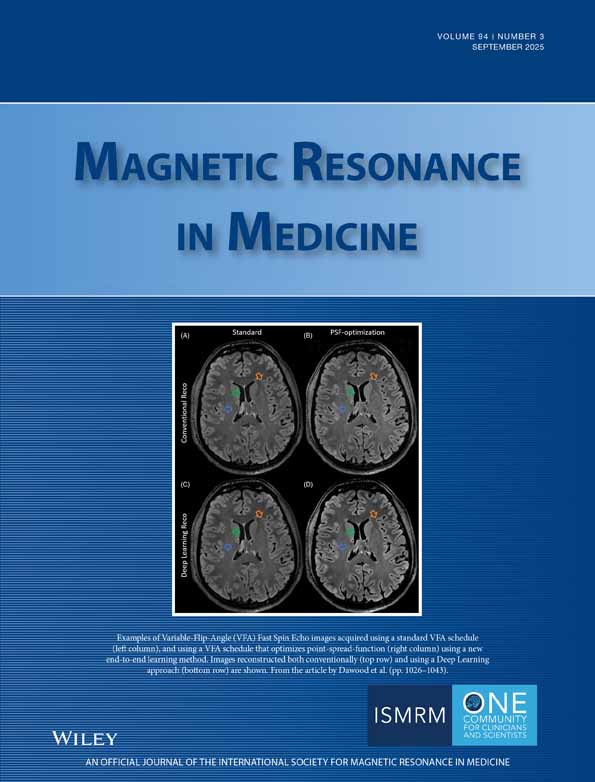Microsphere-induced embolic stroke: An MRI study
Abstract
Despite the many studies of the middle cerebral artery occlusion (MCAO) model, efficient therapy for stroke is still lacking, emphasizing the need for further development and characterization of experimental stroke models. In the present study, the rather unexplored multifocal microsphere-induced stroke model in rats was characterized by multiparametric MRI. We induced microembolic infarction in a group of Sprague-Dawley rats by injecting a dose of about 1000 50-μm polyethylene microspheres intracranially from the external carotid artery. Diffusion-, perfusion-, and T2-weighted MRI were used to evaluate the infarct development during and following the first 3 hr after microsphere injection (N = 20). The animals were also imaged at 12-hr (N = 8), 24-hr (N = 17), and 48-hr (N = 5) time points. After the final imaging time point, the brains were removed and sectioned into 2-mm-thick slices, and infarct volumes were measured by 2,3,4-triphenyltetrazolium chloride (TTC) staining. From calculated apparent diffusion coefficient (ADC) maps, a volume of reduced ADC appeared 0.5–1.0 hr postinjection, and by the 3-hr time point the volume of ADC reduction had increased to a size of 5% ± 1% (mean ± SEM) of the brain hemisphere. The lesion volume increased significantly (P < 0.01) to 16% ± 2% of the hemisphere volume at the 12-hr time point, while at 24 hr the lesion (15% ± 2% of the hemisphere) was also significantly larger (P < 0.001) than at 3 hr. The perfusion deficit resulting from the microsphere injection was immediate, going from a cerebral blood flow index (CBFi) of 74% ± 3% at the time of microsphere injection to 68% ± 2% of the contralateral mean at 3 hr (P < 0.05), to 55% ± 4% of the contralateral values at 12 hr (P < 0.05), and to 57% ± 2% of the contralateral mean at 24 hr (P < 0.001). The lesion development in the microsphere-induced stroke model was found to be slower than in the MCAO model, and continued up to the 24–48-hr time point. Magn Reson Med 51:1232–1238, 2004. © 2004 Wiley-Liss, Inc.




